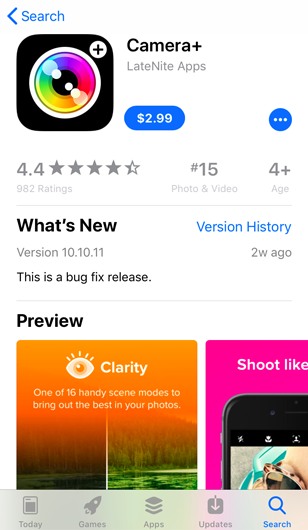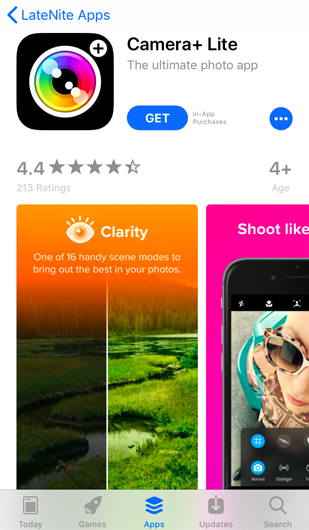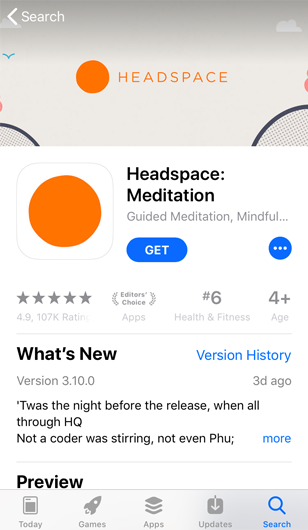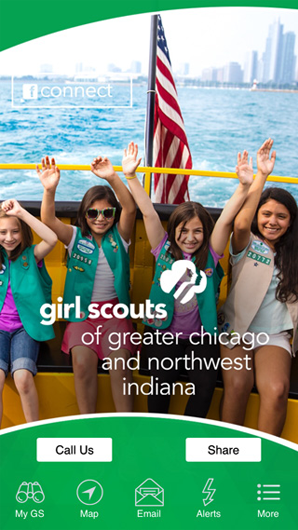5 Ways Your App Can Make Money Without Ads

5 Ways Your App Can Make Money Without Ads
There are more ways to make money with your mobile app than ads alone. Consider 5 other app monetization models to find the best way to make money with your app.
You’ve built a beautiful and professional app for your business. Now, how do you make money with your mobile app?
Many app developers turn to advertisements to monetize their app. In fact, mobile advertising spend in the U.S. is expected to increase from $58.4 billion in 2017 to $70 billion in 2018.
But, in-app ads are not always the best app monetization strategy.
First, app users tend to dislike in-app advertising. According to market research company Forrester, nearly 60% of U.S. smartphone owners who see in-app ads find them disruptive, and just 1 in 5 says that in-app ads are relevant.
Second, in-app advertisements are an unreliable revenue source for businesses. One study found that 60% of clicks on mobile banner ads are actually mistakes.
As you may expect, users don’t like to click on an ad accidentally when using an app: Most users say they feel annoyed, frustrated, or angry.
Luckily, there are ways to make money with your mobile without filling it with ads that annoy your users
Here are 5 ways to monetize your app without ads:
- Offer extra paid features using a “freemium” app model
- Develop a paid and lite version of your app to win more users over time
- Have users subscribe to access your services
- Become a white label mobile app reseller
- Join an app referral program
1. Offer Optional, Paid Features in a “Freemium” App
In recent years, the freemium model has become the dominant app monetization strategy, with 61% of app development companies recommending it.
The freemium model caters to app users’ desire to “try before they buy,” enabling them to access the app for free and pay later for additional features through in-app purchases.
In-app purchases can be for one-time use, like game tokens or credits, or they can be permanent.
For example, a photo editing app may offer a special pack of filters users can buy or the ability to permanently remove watermarks.
2. Develop a Paid & Lite Version of Your App to Win More Users
With a premium or paid model, users pay outright to download an app.
Because many users are unwilling to pay for an app they haven’t tried, premium apps work best when:
- The company is well known for providing a good service
- There is no suitable, free alternative
If users are unfamiliar with your service, or if they can do the same thing with a free app, they will be less willing to pay.
App developers that want to monetize their app using a premium model will often create two separate versions of their app:
- A more robust premium version
- A free “lite” version that often has ads
For example, photo editing app Camera+ uses the premium model. It includes a “lite version,” Camera+Lite, and a paid version, Camera+.


Users that like the lite version can upgrade to the paid version to access additional features and remove ads.
3. Have App Users Subscribe
A subscription model is best for businesses that offer frequently used services such as music, news, or books.
Messaging or game apps are unlikely to work as a subscription service since the content tends to be static.
Like premium services, subscription apps like Spotify or Headspace offer free options that enable users to listen to music with commercials or try a 10-day meditation series.

The free service is usually limited to a trial period, such as Headspace’s 10-day free meditation series.
4. Become a White Label Mobile App Reseller
If you’ve developed a unique app that solves a specific problem, you might consider licensing your code to other companies and developers.
White labeling your app means creating a copy of your existing app but using another company’s branding.
White labeling can be a good option for earning revenue from your software without affecting your customers’ experience with your app.
For example, let’s say you develop a conference app that allows event organizers to send push notifications to attendees, store mobile tickets, and schedule sessions.
If you opted to resell a white label version of this event app, event organizers that want a branded app could pay you to use your app's features with their logos, branding, and information.

This tactic only works if you’ve developed something powerful or useful. If your app is built on an existing concept or doesn’t have unique functionality, this tactic won’t work for you.
Additionally, you’ll want to ensure that white labeling is worth your time and effort.
Even if the majority of the work involved in building your app is done, creating, publishing, and updating white label apps may still be labor intensive.
5. Join an App Referral Program
Join an app referral program to earn money every time your app drives visitors to make a purchase.
For example, a productivity app for small business owners, entrepreneurs, and freelancers may include a section that directs users to other useful time and project management apps.
By directing users to these extra resources, the productivity app is compensated for referring new customers to related apps.
Both Apple and Amazon offer affiliate programs for mobile app developers.
Amazon’s Mobile Associates API allows Android app developers to sell Amazon merchandise through their app and share the revenue.
Apple’s Affiliate Program allows iOS app developers to earn commissions by linking to Apple Music and iTunes content in their app.
Blend Multiple App Monetization Strategies
User preferences are varied – while one person might like in-app purchases, another might prefer a “set it and forget it” subscription. Incorporate a variety of these tactics into your app, and see what works best for your audience and your business.
Whichever tactics you choose, the most important factor in app monetization is building a large, active customer base.
Build your marketing channels and use content, email, social media, and paid advertising to grow your audience.
Study your in-app use data to improve engagement and retain your current users.
But, most important, focus on providing a great service that delivers value to your customers.

